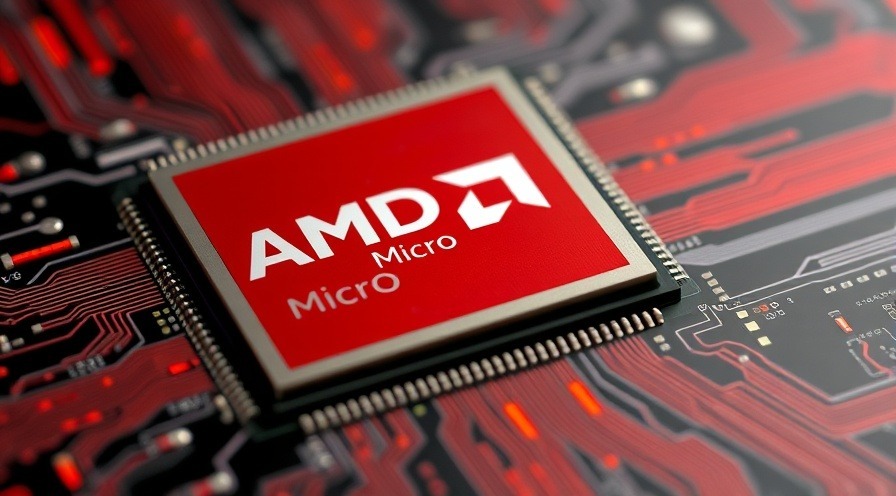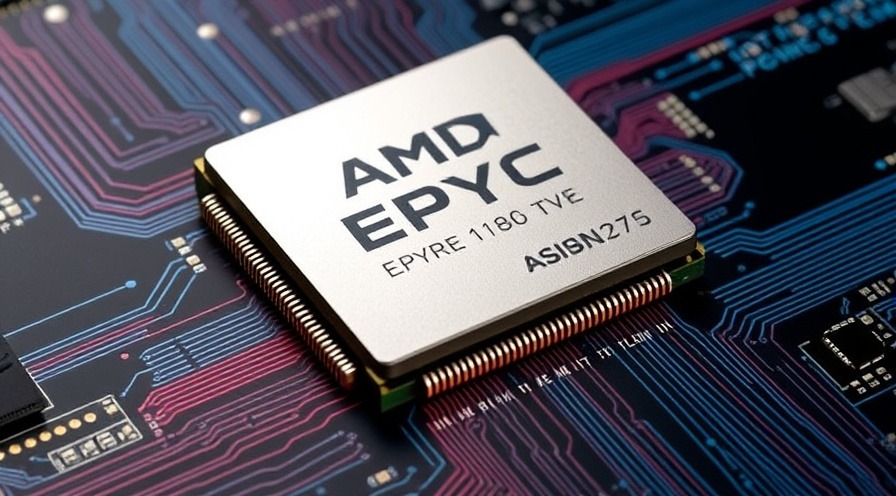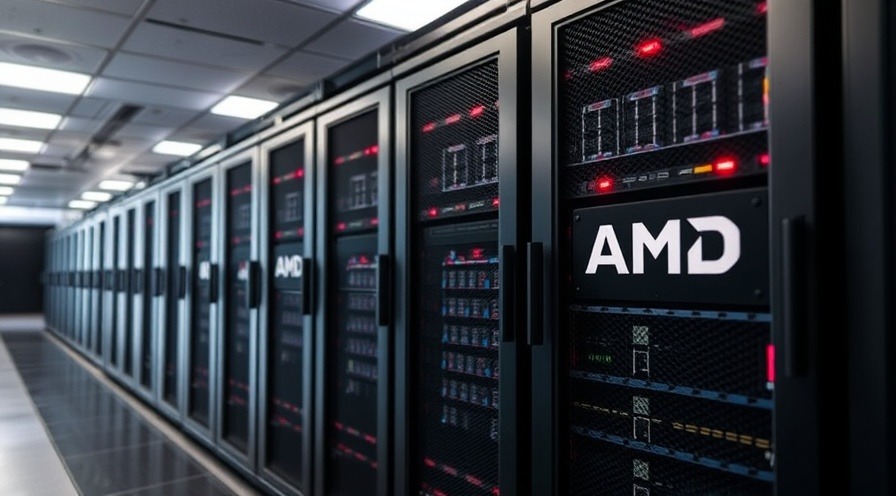
AMD staying ahead of Intel will depends on several factors, including AMD’s and Intel’s execution on their roadmaps, market trends, and technological advancements. Here are some key considerations:
Why AMD Might Continue to Outperform Intel
✅ Chiplet Architecture – AMD's chiplet design has proven efficient, allowing for better scalability and lower production costs.
✅ Strong Ryzen and EPYC Lineup – AMD’s Zen architectures (Zen 3, Zen 4, and upcoming Zen 5) have been competitive in both consumer and server markets.
✅ TSMC Advantage – AMD partners with TSMC, which has consistently been ahead of Intel in manufacturing processes (e.g., 5nm, 3nm).
✅ Datacenter Growth – EPYC processors have gained significant market share in cloud and enterprise workloads, competing well with Intel’s Xeon lineup.
✅ Growing AI & GPU Presence – AMD’s investments in AI, RDNA graphics, and custom chips (like for consoles) could expand its influence.

Why Intel Might Regain Leadership
🚀 Intel's New Process Nodes (Intel 3, Intel 20A, 18A) – If Intel successfully executes its IDM 2.0 strategy, its in-house manufacturing could leapfrog AMD’s reliance on TSMC.
🚀 Meteor Lake & Future Architectures – Intel's shift to a modular, chiplet-based design (like AMD) in Meteor Lake and Arrow Lake could help it compete.
🚀 AI and FPGA Focus – Intel’s focus on AI accelerators, Gaudi chips, and FPGA solutions might help it gain traction in AI-heavy workloads.
🚀 Enterprise Influence – Intel still dominates OEM and enterprise markets, which may help them retain significant market share.
AMD currently has the edge in efficiency, multi-core performance, and manufacturing partnerships. However, Intel is making major moves, and if they execute well, they could close the gap or retake leadership. The competition will likely remain intense, making it hard to say if AMD will definitely continue to outperform Intel in the long run.

For AMD to stay ahead of Intel in the long run, it must continue executing well on multiple fronts. Here are the key steps AMD should take:
1. Maintain Leadership in Chiplet and Packaging Technology
Continue refining its chiplet-based architecture to ensure scalability and efficiency.
Invest in advanced packaging (e.g., 3D stacking like V-Cache) to improve performance per watt.
Explore custom AI accelerators within chiplets to enhance AI workloads.
2. Secure the Best Foundry Partnerships
Strengthen its relationship with TSMC, ensuring priority access to leading-edge nodes (e.g., 3nm, 2nm).
Diversify manufacturing options (e.g., Samsung) to mitigate risks of supply chain disruptions.
Keep pace with Intel’s aggressive push into Intel 18A and beyond.
3. Continue Innovation in CPU & GPU Architectures
Successfully launch and iterate on Zen 5 and Zen 6 architectures with higher IPC and better efficiency.
Keep enhancing RDNA and CDNA architectures for gaming and AI/ML workloads.
Improve integrated graphics (APUs) to better compete with Intel’s Meteor Lake and future architectures.

4. Dominate the Data Center & AI Market
Keep growing EPYC’s presence in cloud and enterprise by improving AI and server optimizations.
Develop competitive AI accelerators (competing with Nvidia and Intel’s Gaudi chips).
Optimize software stacks to ensure better compatibility and performance for AI and ML applications.
5. Strengthen Software & Ecosystem Support
Expand partnerships with Microsoft, Linux, and major software vendors to optimize for AMD hardware.
Improve AI and machine learning libraries to ensure competitive performance vs. Nvidia and Intel.
Support developers through open-source initiatives (like ROCm for AI computing).
6. Expand into Custom Silicon & Strategic Markets
Continue growing its semi-custom business (e.g., PlayStation, Xbox, Tesla partnerships).
Compete in new sectors like mobile and embedded AI chips to broaden revenue streams.
Keep developing FPGA and specialized processors to counter Intel’s acquisition of Altera.

7. Stay Competitive in Pricing & Marketing
Ensure that Ryzen desktop and laptop CPUs remain price-competitive with Intel's offerings.
Improve OEM and enterprise adoption by offering better support and long-term stability guarantees.
Market AMD’s efficiency advantage to win more laptop and enterprise contracts.
Final Thoughts
AMD has done exceptionally well over the past few years, but Intel is a massive competitor with vast R&D and manufacturing resources. To stay ahead, AMD must execute flawlessly, push the performance-per-watt advantage, and expand into AI, cloud, and high-performance computing markets aggressively.
 Add Row
Add Row  Add
Add 




Write A Comment